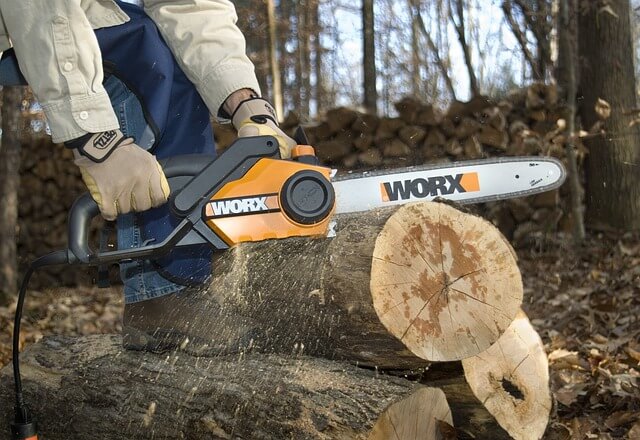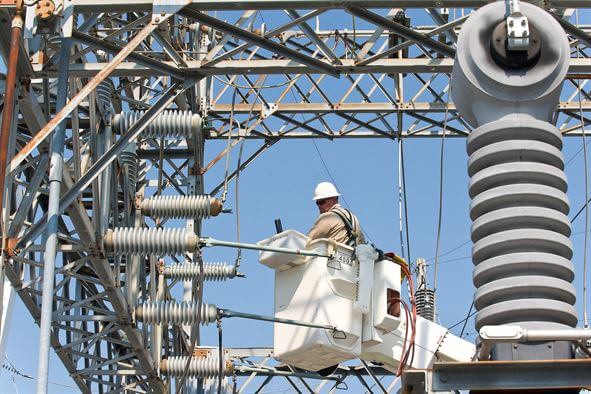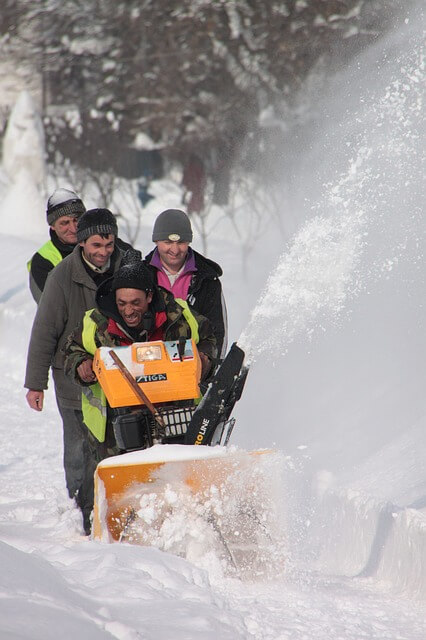In most cases, employers take those workplace hazards seriously that are life-threatening or disable employees permanently. Of course, these injuries are highly important to be taken care of but an employer must focus on protecting his/her employees top to bottom. In most cases, protecting foots from workplace injuries is overlooked widely. Know 8 reasons why you must wear safety shoes in the workplace.
What shoes come to your mind when someone talks about workplace safety boots? I’m sure it’s steel toe boots.
Right?
This is common among people.
Steel toe boots will protect your toe from many hazards if you work in an industrial or construction worksites.
Related: 5 Most Comfortable Steel Toe Boots for Standing All Day
But this is not the only boot that will protect your ankle or toe from serious hazards in the workplace. Say in an electrically dangerous area, steel toe boots can be life-threatening for you. You need boots made of rubber or composite materials in electrical workplaces.

Work Boots
So, you need safety boots for specific purposes.
Finding the appropriate boots for your workplace requires a thorough assessment of the worksite.
This assessment will figure out what threats are posed to your employees’ feet. And you will be able to select the appropriate shoes for specific jobs.
Protecting your hands and eyes through gloves and eyewear is highly important. No one disagrees. But without right shoes, an affected employee can face serious pain and might have to absent from the workplace for a long time.
Why Wear Safety Shoes in the WorkPlace (Working Place & Boot Type)
So, in this article, I will explain what are the roles of safety shoes in the workplace and how to select the right shoes for a specific workplace.
Protecting employees from falling and flying objects and Shoe types
It’s a common risk in a dynamic workplace. A dynamic workplace means a workplace where objects, employees move so frequently. Just think about a construction site. Everything is moving so fast. In these types of worksites, falling or flying objects can fall on your leg. This is the workplace where you need a steel toe work boots.
- Working Place: Dynamic (where employees, machines, and vehicles are in motion at a time)
- Boot Type: Steel Toe Work Boot
Protecting Employees from Punctures
There are some workplaces where a lot of sharp objects are laid down in the sites. Or in some places, sharp objects can fall from above. To protect workers from these sharp objects you need to select shoes with heavy soles. And the shoes will be surrounded by thick materials. If a workplace path is full of sharp objects, soft-sole-boot-worn employees are going to fall into prey of serious hazards.
- Working Place: Sites full of sharp objects
- Boot Type: Boot with heavy sole and surrounded by thick materials
Protect your employees from cutting hazards

Workers working with a chainsaw
Some worksites install sharp machinery or some machines in a workplace might contain moving parts that can pose cutting hazards to the employees working there.
Think about a logging worksite where you will find chainsaws here and there. If in any way, a chainsaw comes in contact with an employee’s foot, the employee might face a serious cutting hazard. So, the workers in the logging industry need logging boots. OSHA guides to use the cutting-resistant material in the boots that will be worn in the logging industry.
Boots that are made of cutting-resistant materials are also waterproof and support workers’ ankles well.
- Working Place: Worksites full of sharp machinery (example log industry)
- Boot Type: Boot with cutting-resistant material (these are called Logger Boots)
What Shoes Will Protect from Electrical Hazards
A worker might face electrical hazards in two possible ways. He might face electrical shocks, or he might build static electric charge on his body that could spark later in specific situations.
To protect the employees from electrical shocks, employers will choose boots made of leather, rubber or composite materials that are non-conductive.
To protect workers from building up static electricity on their bodies, employers will choose anti-static or conductive working boots.

Worker Working in a Power Station
- Working Place: Workers are exposed to electric shocks or building up static electricity on their body
- Boot Type to Protect Electric Shocks: Boots that are made of leather, rubber or composite materials (non-conductive)
- Boot Type to Protect Build up of Static Electricity: Anti-static Boots or conductive working boots
Prevent Your Employees from Slipping, Tripping, and Falling
According to US Bureau of Labor Statistics, 15.4% of workplace injuries occurred due to falls on the same level.
What are some types of fall?
- Fall on the same level while climbing stairs or steps
- Fall on the same level due to uneven surface
- Fall on the same level due to object
- Fall on the same level due to tripping over self
And want to know how much fall cost to the economy? It’s around $8.5 billion. It’s the statistics from the year 2012. And this is 2017 now.
To protect employees from slipping, tripping and falling off, an employer will take extra care for floor design and working boots.
An employer can use anti-slip floor tape to protect slipping. And working boots with proper treads help prevent falling off workers from ladders.
Footwear with proper traction can prevent from slipping off in the same level.
To sum up, employers will select shoes that fit well, comfortable, provide appropriate traction, and will have proper treads. Above all, the floor will be covered with anti-slip floor tape.
All these properties will help reduce slip, trip and fall in the workplace.
- Working Place: Slippery environments
- Boot Type: Working boots with proper treads and perfect traction. Boots will fit well and be comfortable
Comfortable Working Boots Can Prevent Fatigue
If the workers need to stand all day long in the working place, the employers should take extra care to protect their workers from fatigue and muscle strains.
Think of a construction place where workers stand on hard surfaces for a long time. This is normal that their feet and leg muscles will get tired, and fatigue will catch them up easily.
Comfortable workboats with arch supports can make their life easier in such hard-working conditions.
If employees are less fatigued, they will be more alert while working and overall efficiency of your company will increase. So, little investment in good working boots can boost your company revenue.
- Working Place: Employees have to work for a long time
- Boot Type: Well cushioned and arch supported work boots
Select a work boot that prevents burns
You can burn your leg or any part of your body from a fire in the workplace. But your foot skin is under threat of burn in other ways too, like from chemical splashes, melted metal splashes, or from any such substances.
If your footwear is made of durable materials, it can prevent you from suck burn components.
- Working Place: A worksite with fire, chemical splashes, or melted metal splashes
- Boot Type: Working boots made of durable materials
Good Work Boots Protect Workers from Extreme Weather

Working in the extremely cold weather
You know the consequences of working in cold weather. Without proper protection, if you work in extremely cold weather, you can be a prey of frostbite and hypothermia.
In some working conditions, in winter, people have to work outside in the extremely cold weather. Or your workplace might be a wet or a refrigerated one.
And do you know about Raynaud’s Syndrome? It’s a condition where people see their fingers are turned white due to poor flow of blood. And this is caused from using of the power tool in the working place.
If your workplace falls into one of the above three categories and your employees work with power tools, the condition can be severe.
So, to protect your employees from these severe conditions, take necessary steps. Along with all the necessary steps you take, a feel warm and comfortable work boot will keep them warm for a long time in the working place.
- Working Place: Extreme cold weather, wet worksite, or refrigerated condition
- Boot Type: Comfortable, cushioned that keep warms workers for a long time
So, you see an appropriate work boot can protect a worker in many ways in the workplace. So, if you’re a serious employer, you should adopt a foot protection program to save your employees.




